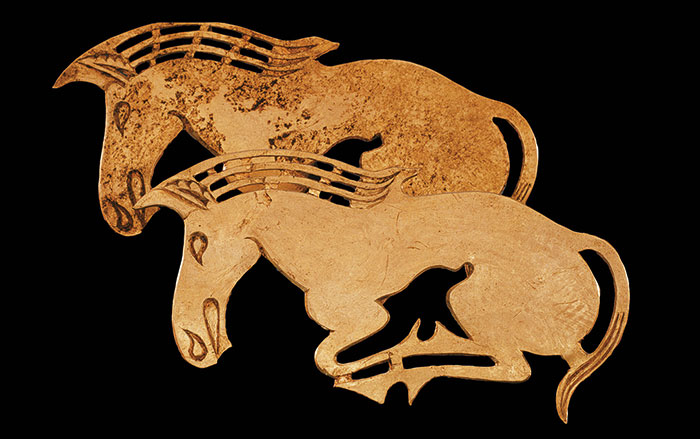
CAMBRIDGE, MASSACHUSETTS—DNA from an ancient Taimyr wolf bone from Siberia has been compared to DNA from modern dogs by Pontus Skoglund of Harvard Medical School and the Broad Institute, and Love Dalén of the Swedish Museum of Natural History. They say that the specimen, dated to 35,000 years ago, represents the most recent common ancestor of modern wolves and dogs, and shares a large number of genes with today’s Siberian Huskies and Greenland sled dogs. “Dogs may have been domesticated much earlier than is generally believed,” Dalén said in a press release. It is also possible that there was a divergence between two wolf populations at that time, and one of those populations gave rise to modern wolves, but if that were so, then the second wolf population would have had to have gone extinct in the wild. “It is possible that a population of wolves remained relatively untamed but tracked human groups to a large degree, for a long time,” added Skoglund. Earlier genetic studies have suggested that the ancestors of domesticated dogs split from wolves no more than 16,000 years ago. To read more about the archaeology of dogs, see "More Than Man's Best Friend."










